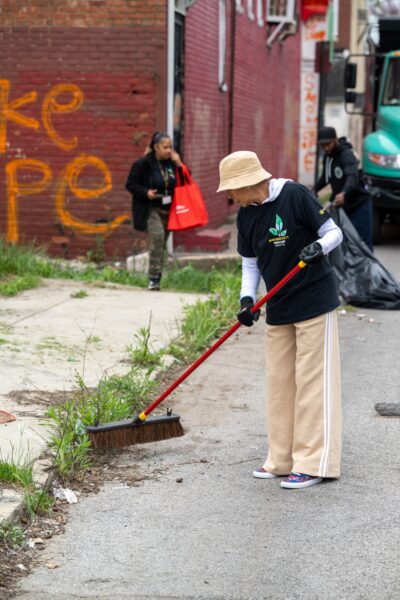One way to plot the transition of former manufacturing-heavy cities into service-based economies is by taking the ratio of services to goods produced, a metric “created by José Lobo of Arizona State University and based on data from the U.S. Department of Commerce‘s Bureau of Economic Analysis,” according to the Atlantic Cities.
In the Baltimore-Towson region, that ratio is 5.9, making it the sixth most “post-industrial” metro area. The “Washington-Arlington-Alexandria, DC-VA-MD-WV” region has the highest ratio of services to goods at 11.17.
The metric is something of a detached way of explaining the deterioration of once great manufacturing centers of the U.S., Baltimore among them, as demonstrated by the new plan to bring some 10,000 jobs to the Sparrows Point steel mill by building a new shipping terminal on the peninsula that was once home to Bethlehem Steel.
Read the full article at Atlantic Cities.
Join the conversation!
Find news, events, jobs and people who share your interests on Technical.ly's open community Slack

Baltimore daily roundup: Film fest spotlights cinema's immersive frontier; over $1M for a wellness startup; $2B to rebuild the Key Bridge

Baltimore daily roundup: Key takeaways on the local tech ecosystem; a video editor's path to working with Keke Palmer; BCIT's new podcast

Baltimore daily roundup: 20 people building Baltimore's innovation community; a local startup's $15K win; the USMC's new tech office

